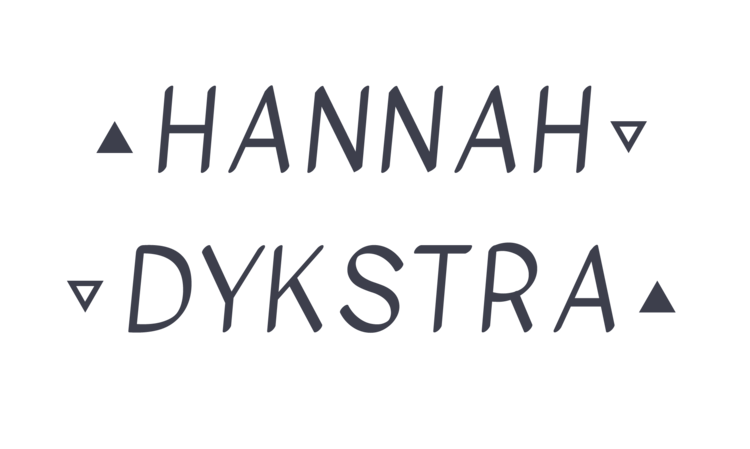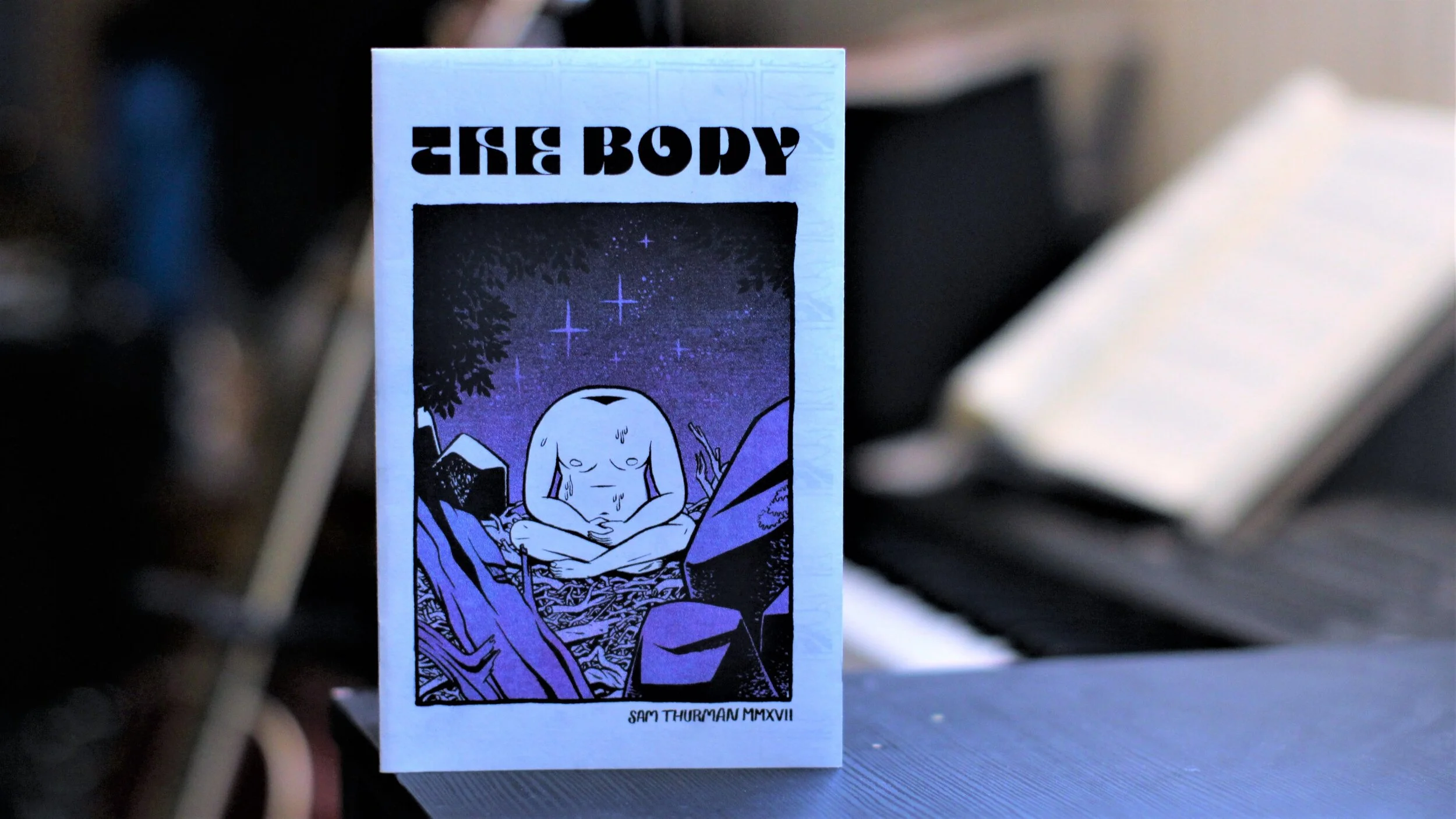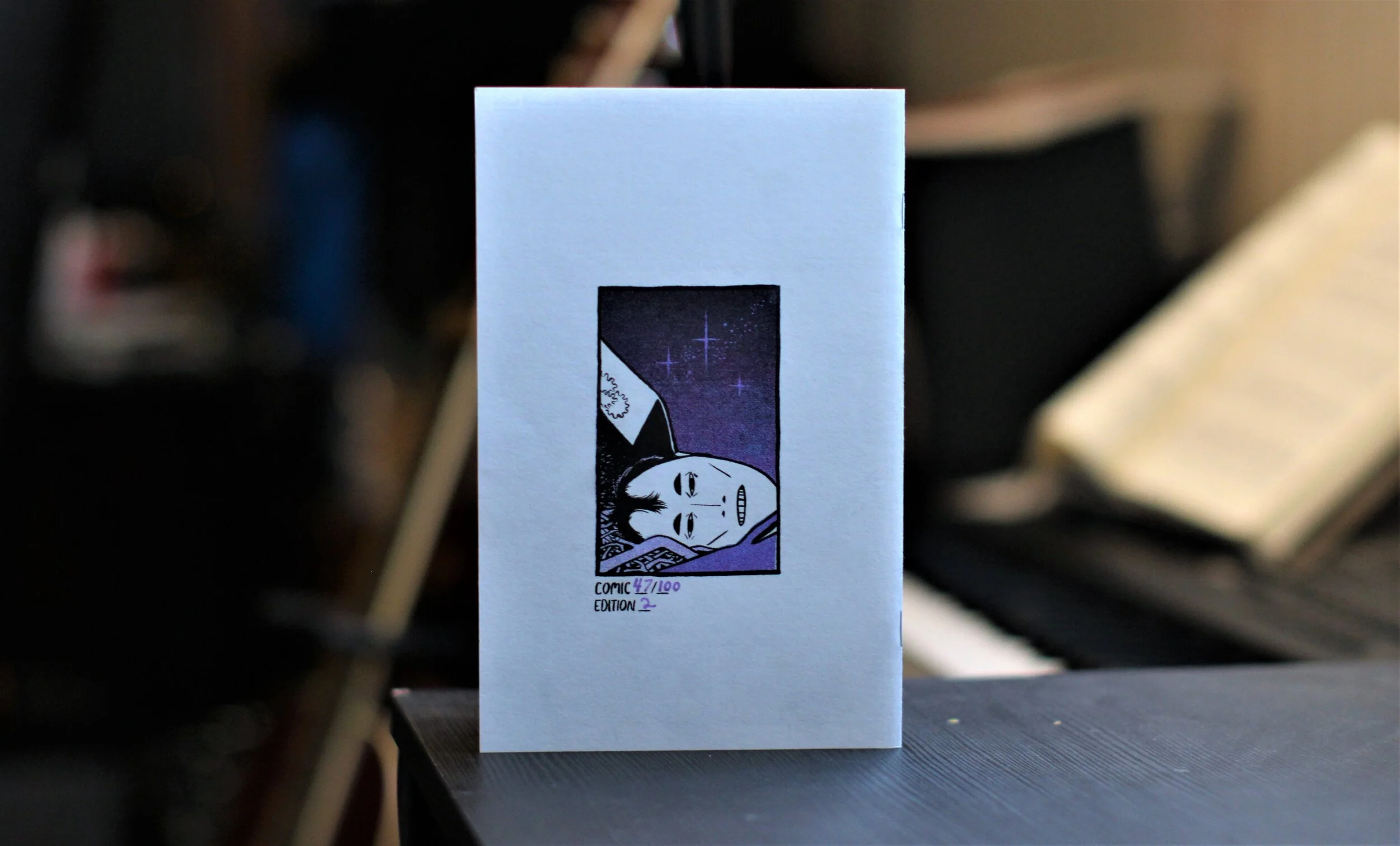This is by far the most fascinating comic I bought from CAKE.
The body — a zine that caught my eye. First, it was the typeface (or hand lettering?). Then it was the electrifying collection of exquisite, risograph-created colors. Then, a bit to my surprise, the content.
I don’t know everything about the conception of this zine, just that the author asked me why I bought it.
“People usually have a personal reason for picking this one up.”
And I did.
I’m seeking out unique pieces like these that further the potential of a visual language. It seems that humans are gut-creatures. Even more than rational creatures or emotional creatures. Our habits and predispositions and non-verbal, non-rational learned behaviors make up more of our decisions than our so-called intelligent, reasonable, logic-desiring pre-frontal cortex called consciousness. This book underscores our failure to connect with our bodies in healthy ways. We think of our bodies as containers for consciousness. Humans as embodied creatures.
Our society’s fixation on control or lack of control of our physique and our appearance isn’t unique, it’s just a natural consequence of the enlightenment. (Don’t ask me to prove this grand phrase. I’m just shooting from the hip. Or from the gut, so to say. )
What a bogus ride.
The Body is a surreal parable that swiftly and decisively takes you to a place of personal reflection. Only a little didactic… if at all. And, it’s more fascinating to me because of its tangential relationship with Gogol’s “The Nose”. But if Gogol’s piece was a satire on the relationship between different classes of human, this is a satire on the relationship of the body to the mind.
Grotesque! I’m using it specifically as the literary form of the grotesque; not the art-historical usage from the Renaissance and not the post WWI sense of a deformed individual.
In the vernacular of romantic literature, a grotesque character is one who grows in the reader both a sense of empathy and disgust. With the wide variety of flesh that hits your eye, the primary way the grotesque is felt is through the illustrations of the main character. A Body, whose head begins to hate it so, the body decides to jump ship. And thus begins an incredible adventure where the emotions are created through the stylized narrative of illustrations.

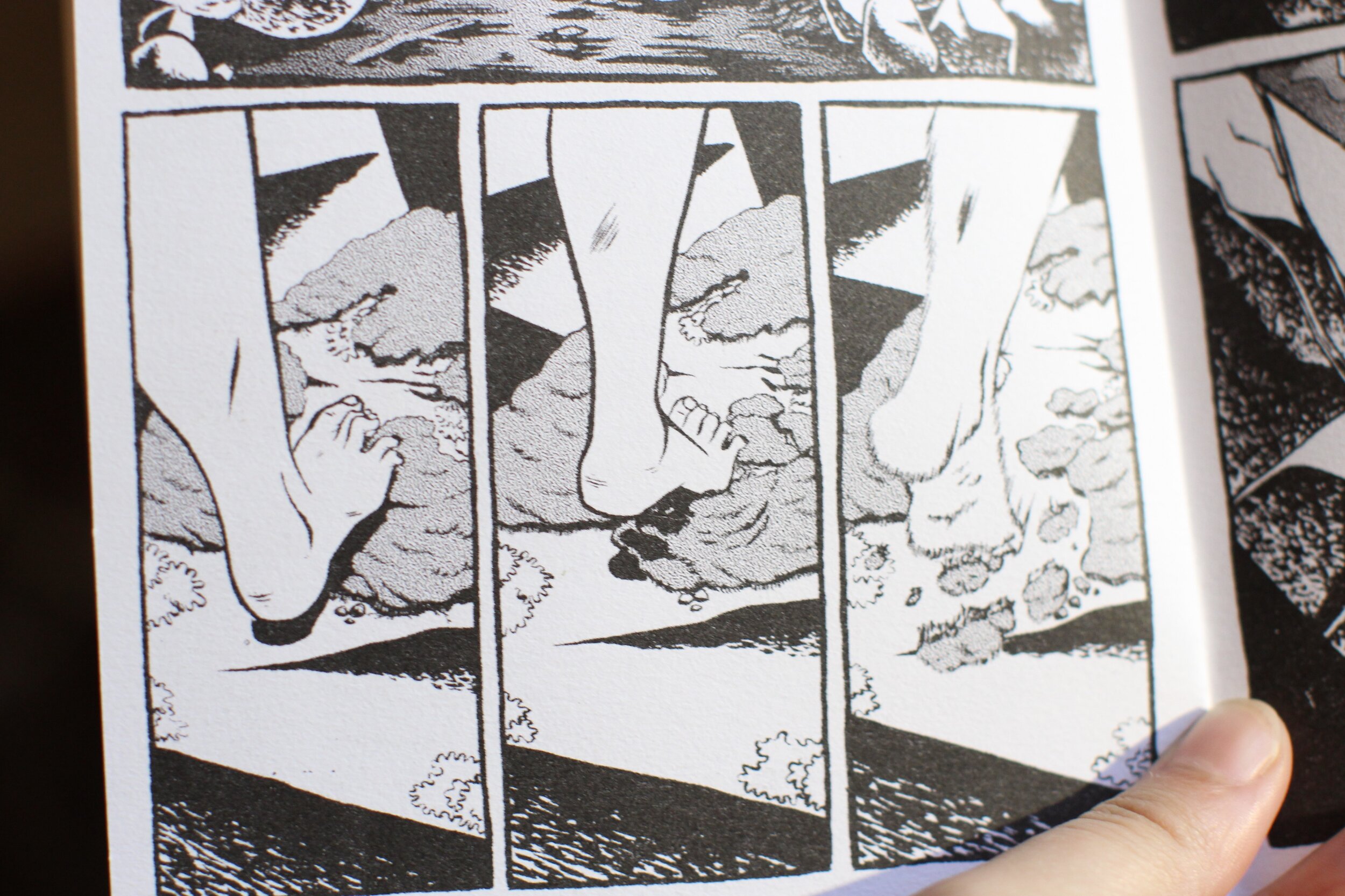
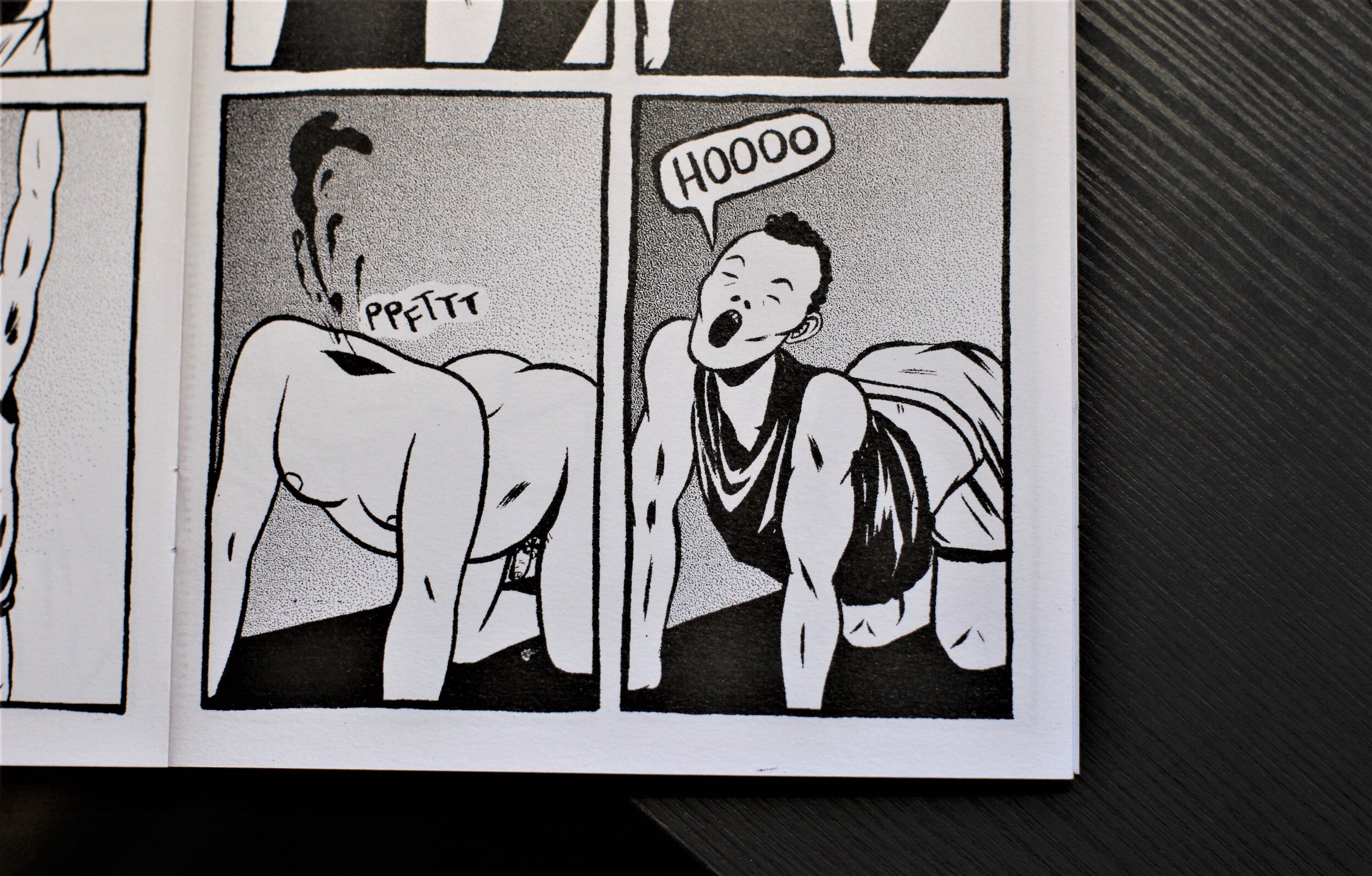
The reason I find connections here so fascinating, is because of my belief in the literary… artistic… creative potential of graphic novels and zines. Their closest relative is the novel and short story, but they have the potential to draw from fine art, film, ikea manuals….. and really any sort of verbal-visual interplay that our society finds. Criticism and analysis of the comics ouvre will make a space for a unique genre. And perhaps a weakening of distinctions between all the genres. (Now why the heck is that a good thing??? Maybe that isn’t. We’ll just have to find out if all art melts together into a pile of goo filled with generic smells and vocabulary)
Beyond That
I just feel like printed things are so quiet. They’re still, unlike my computer which is so… frenetic. Is that a good thing? Eh. We’ll see.
As for my personal reason for connecting to this, I think it’s pretty universal. I’ve never been able to connect with the physicality of my body. It’s not an ideal one. I see the plump, imperfect, ooze of skin and become afraid. I see myself without the protection of clothes and become ashamed. Why such negative emotions?
I really wonder what the creator Sam Thurman intended, but this book rocks. Hardcore. (Get the book…more about Sam Thurman…)
